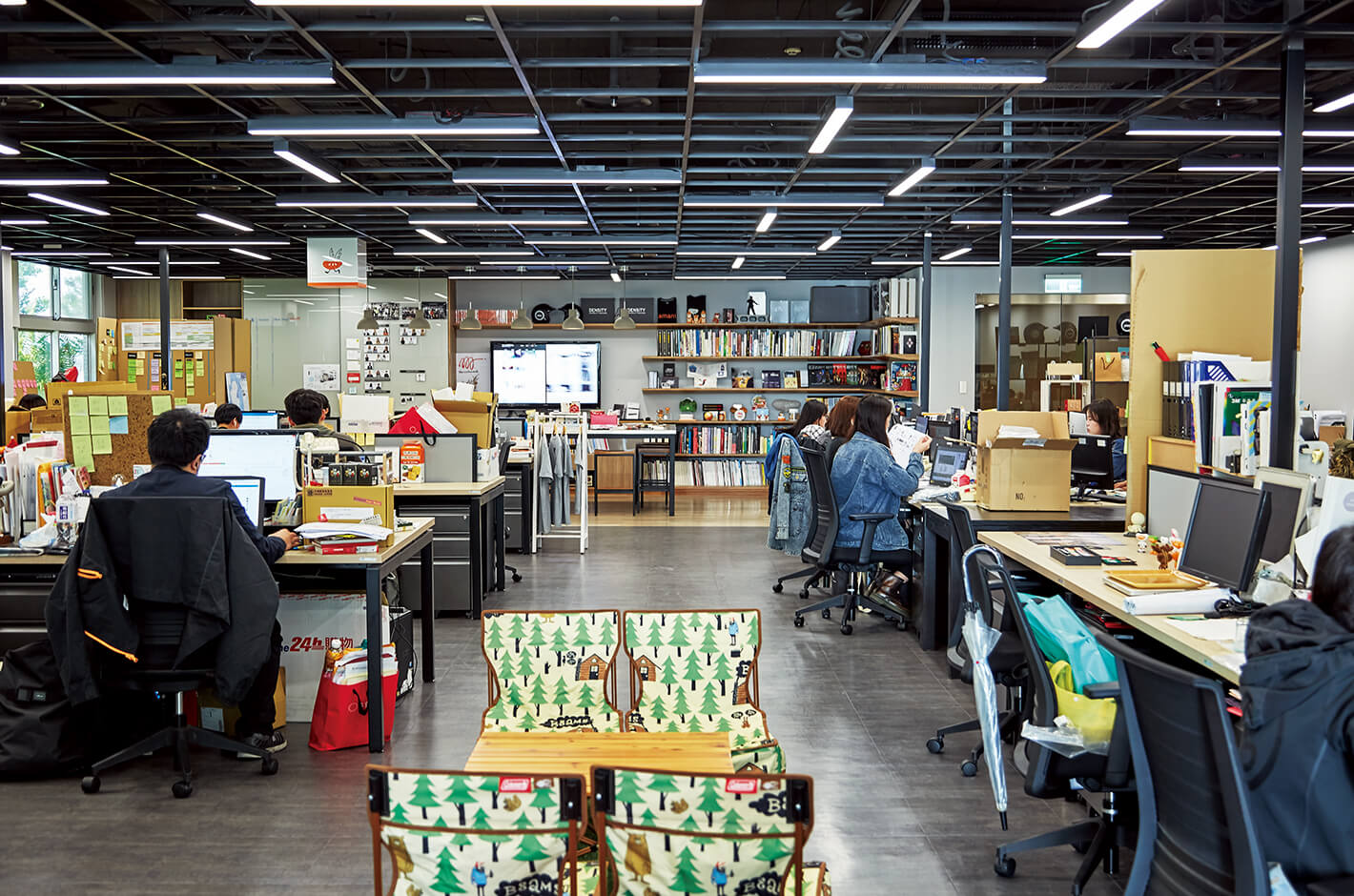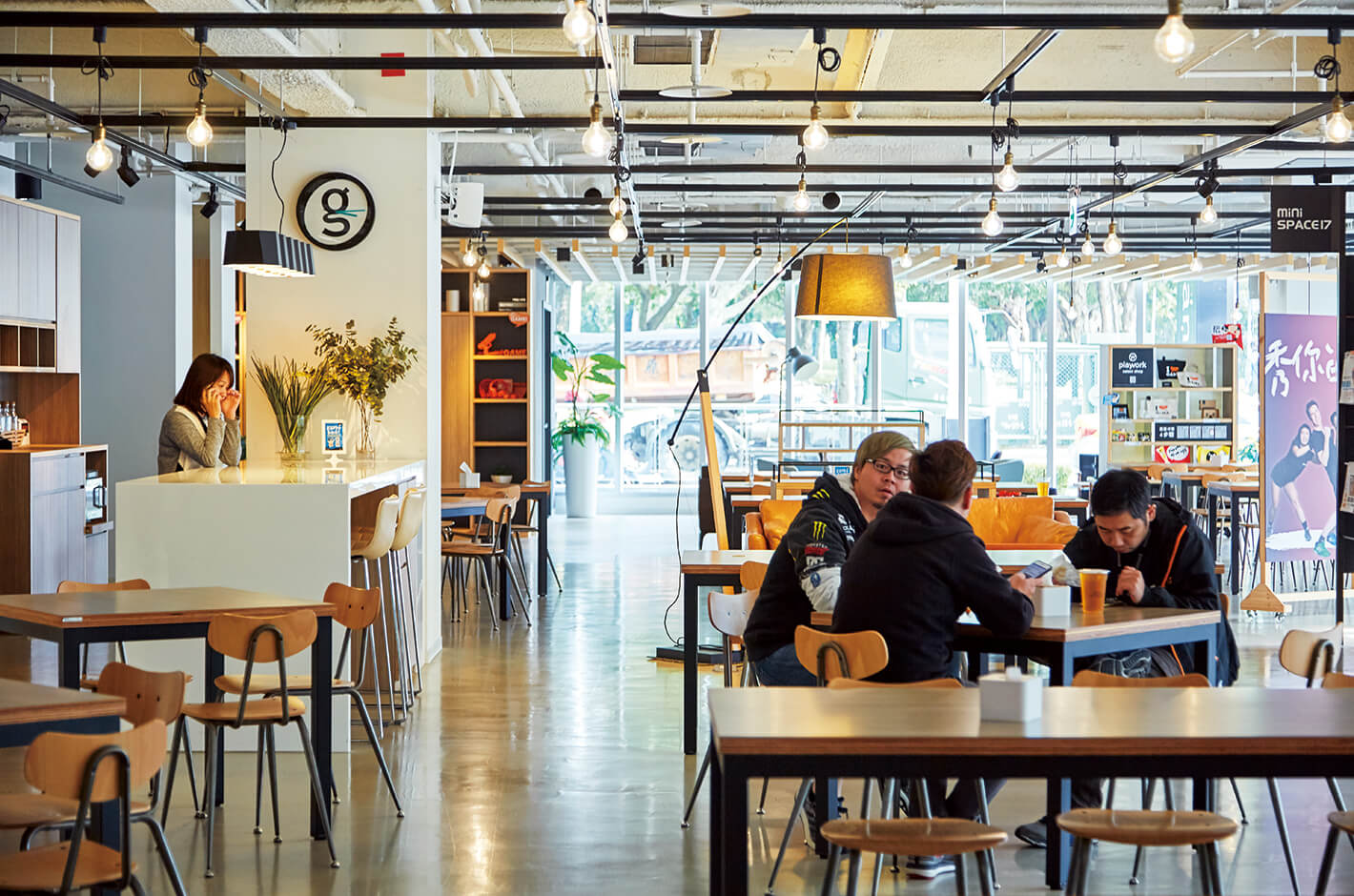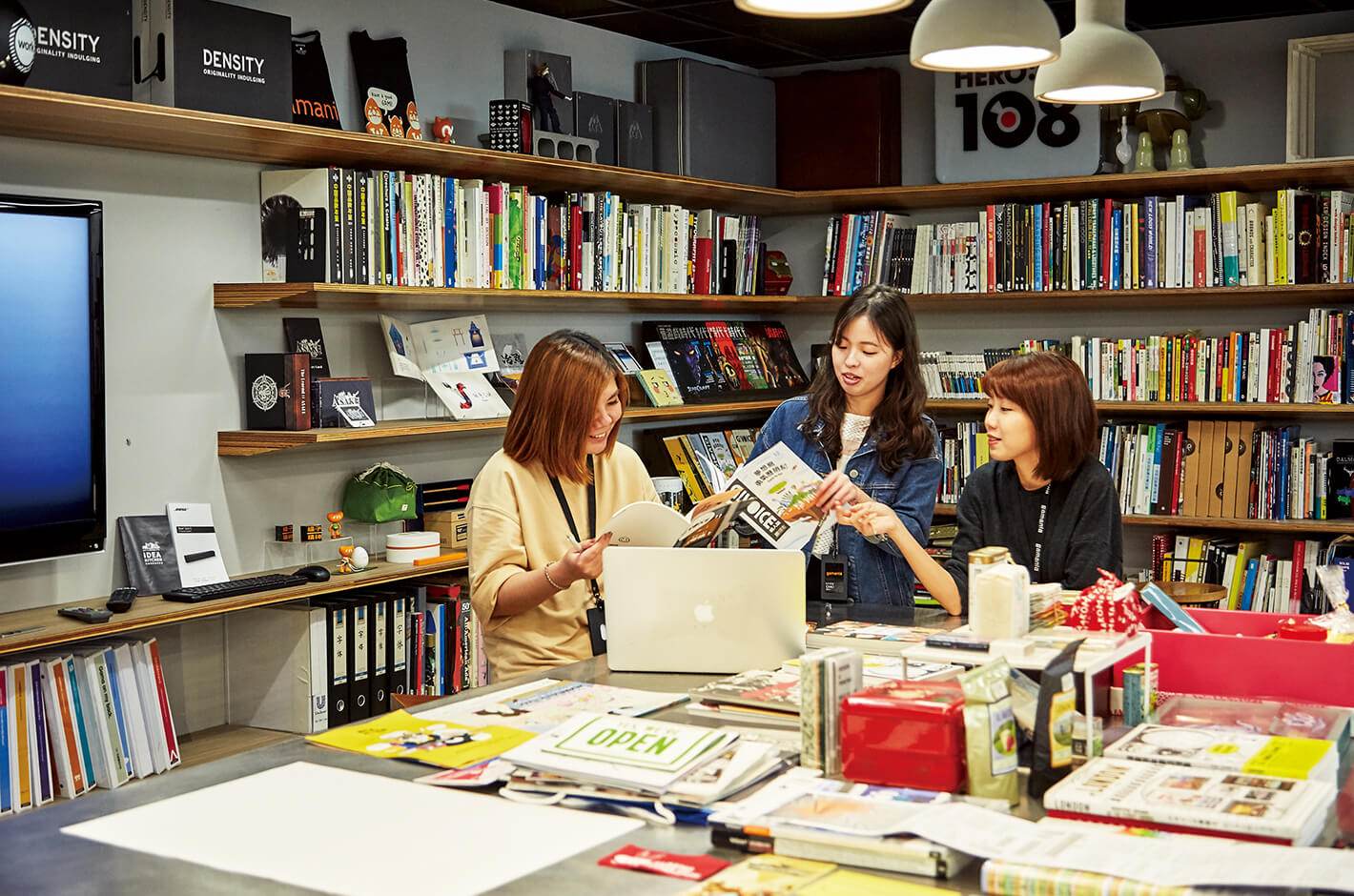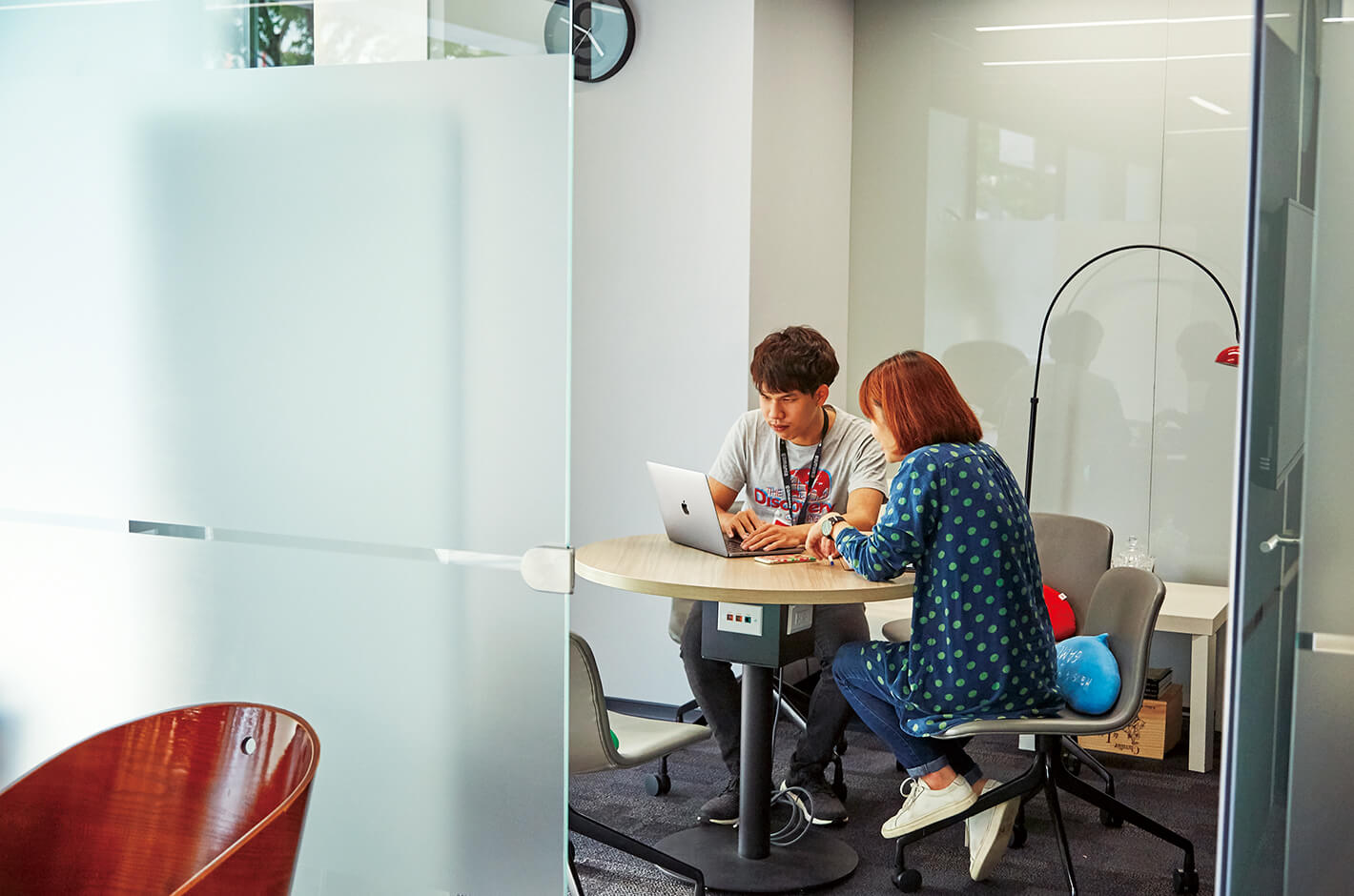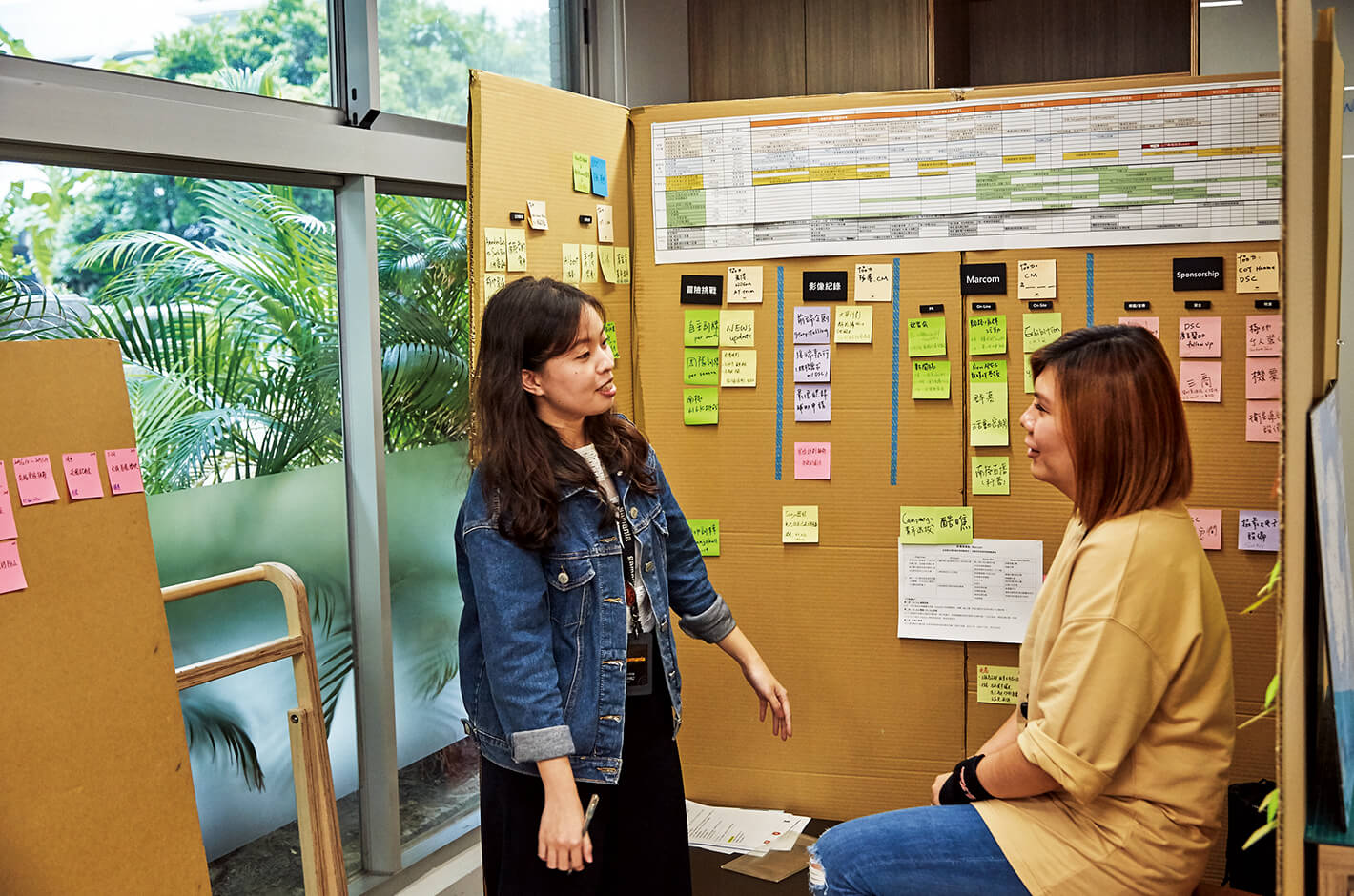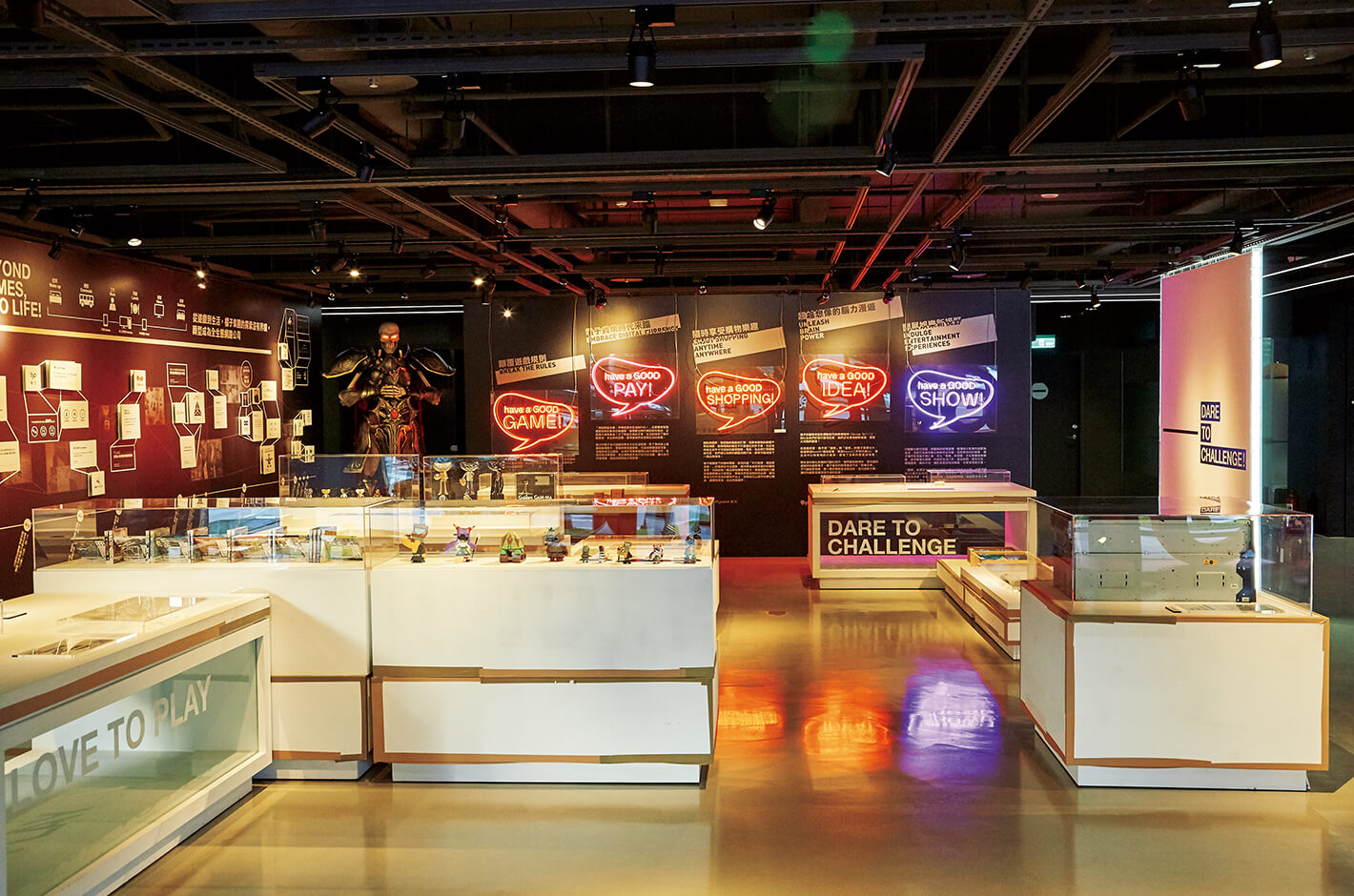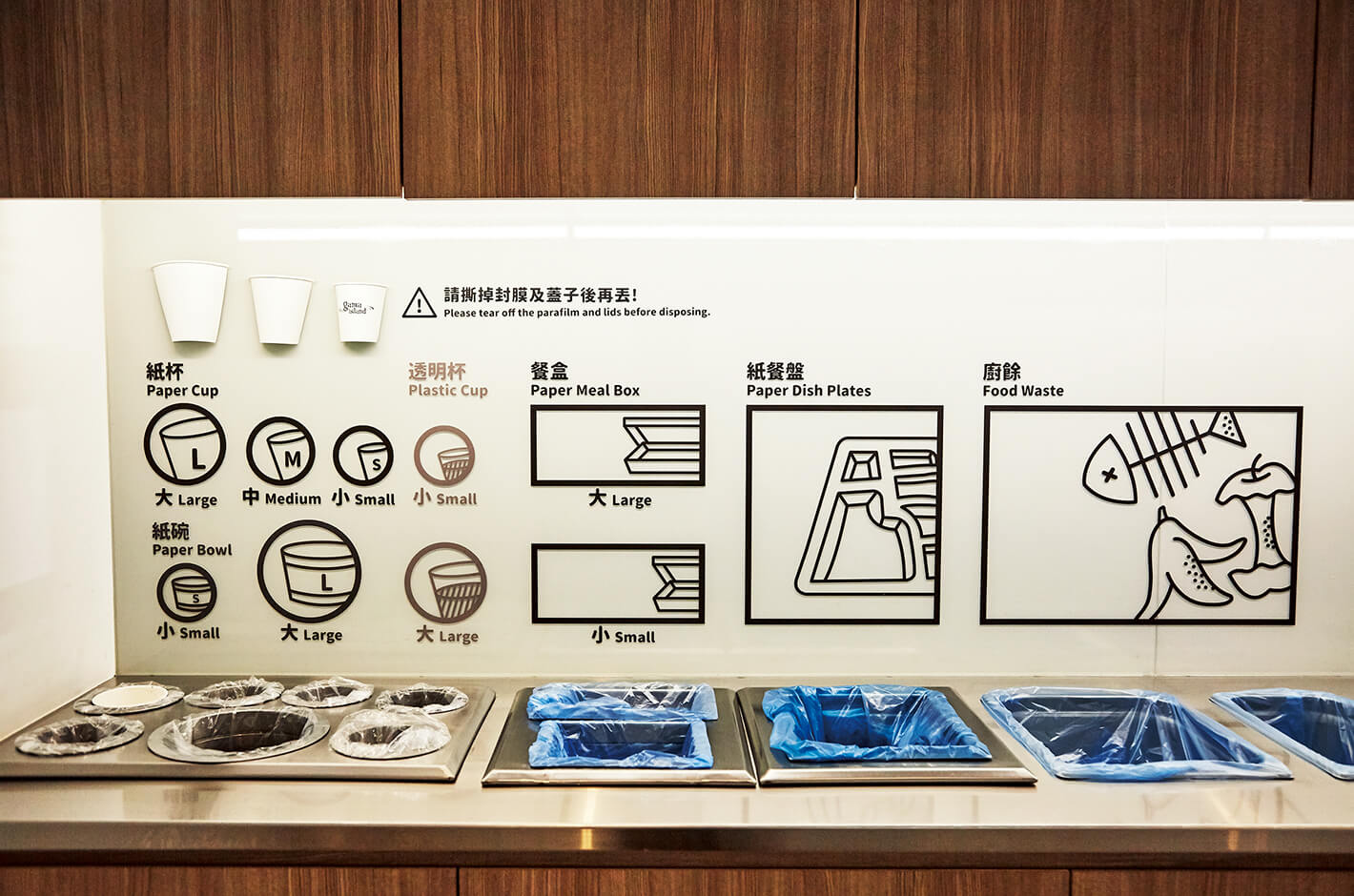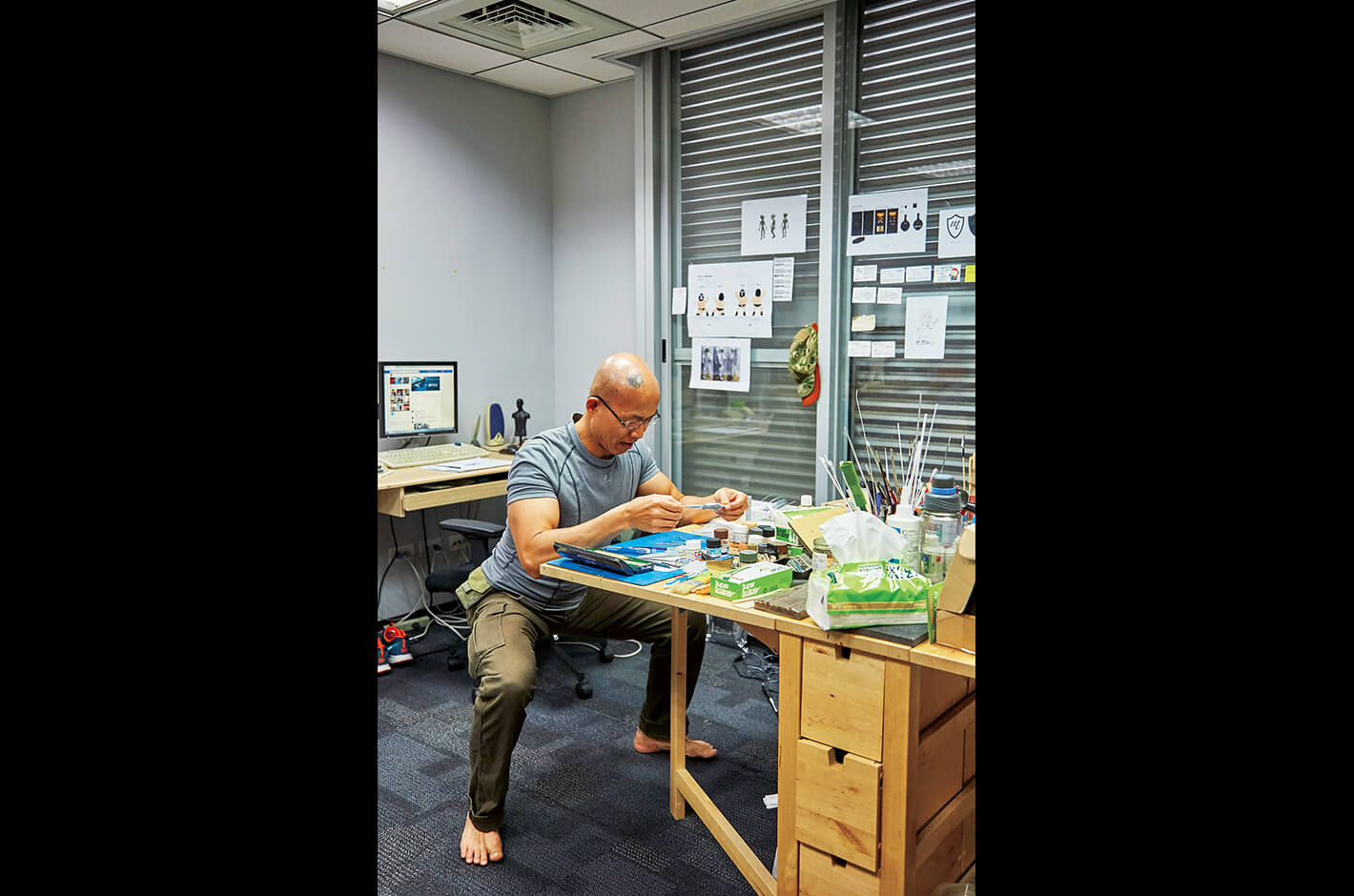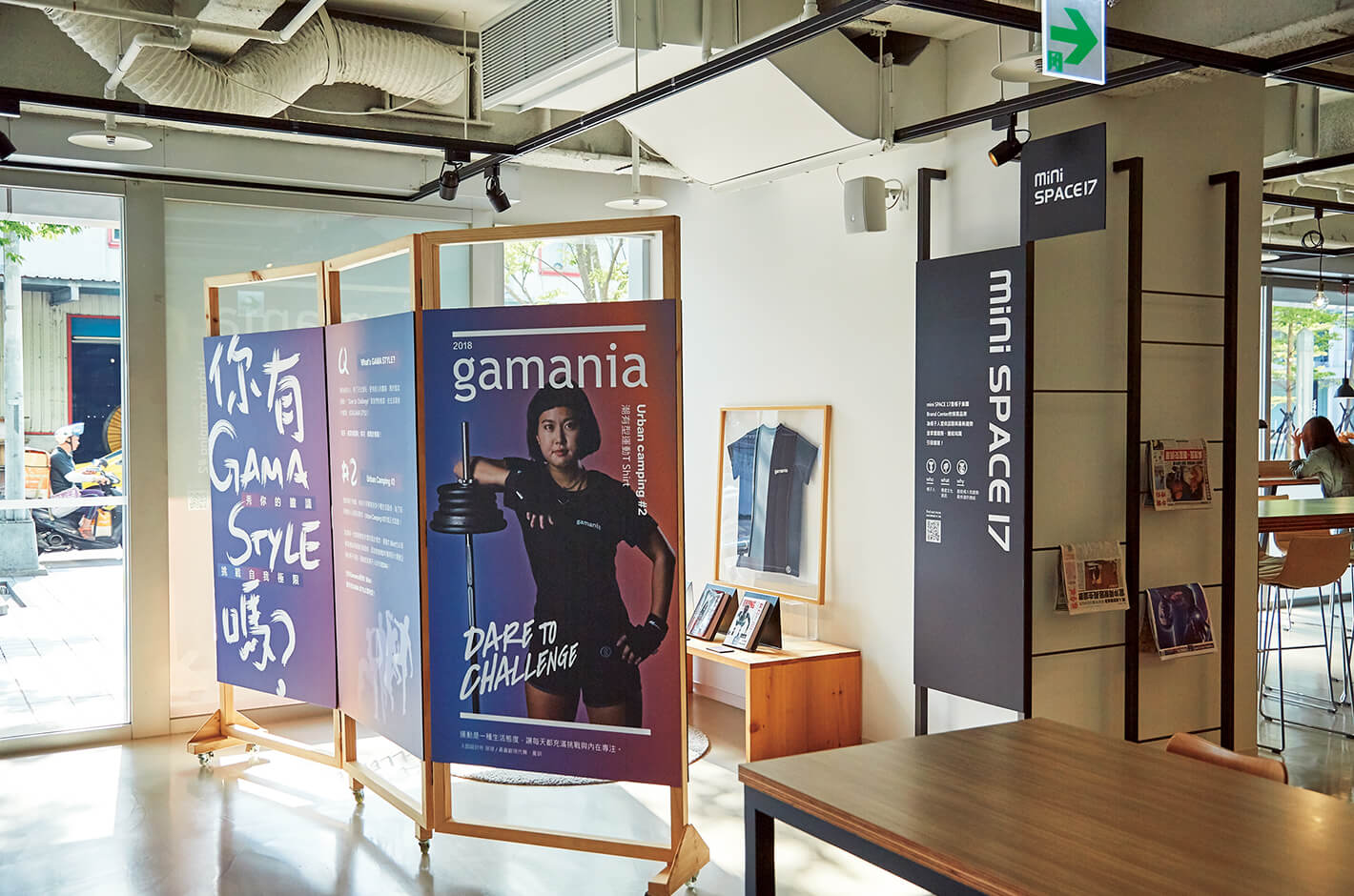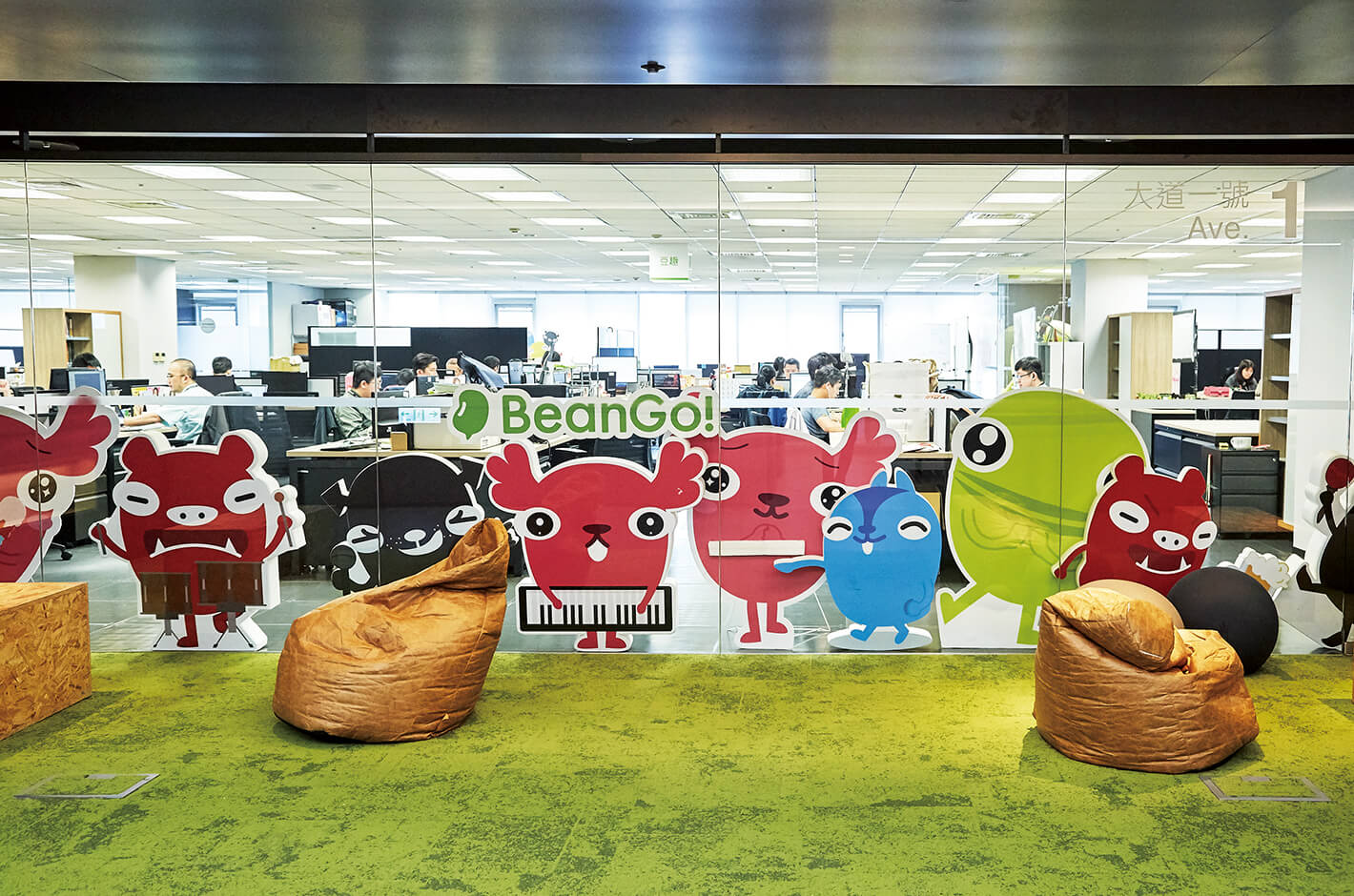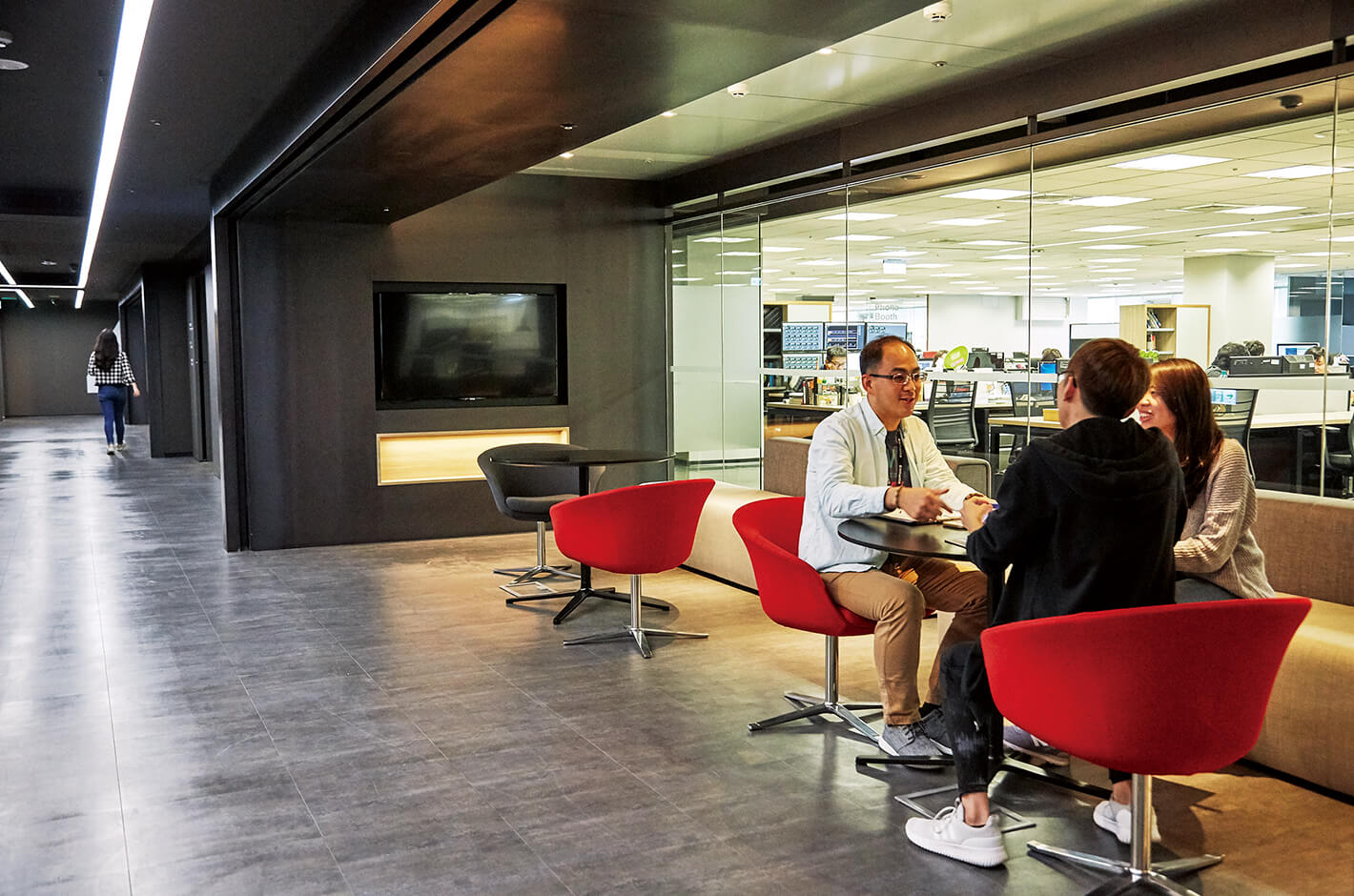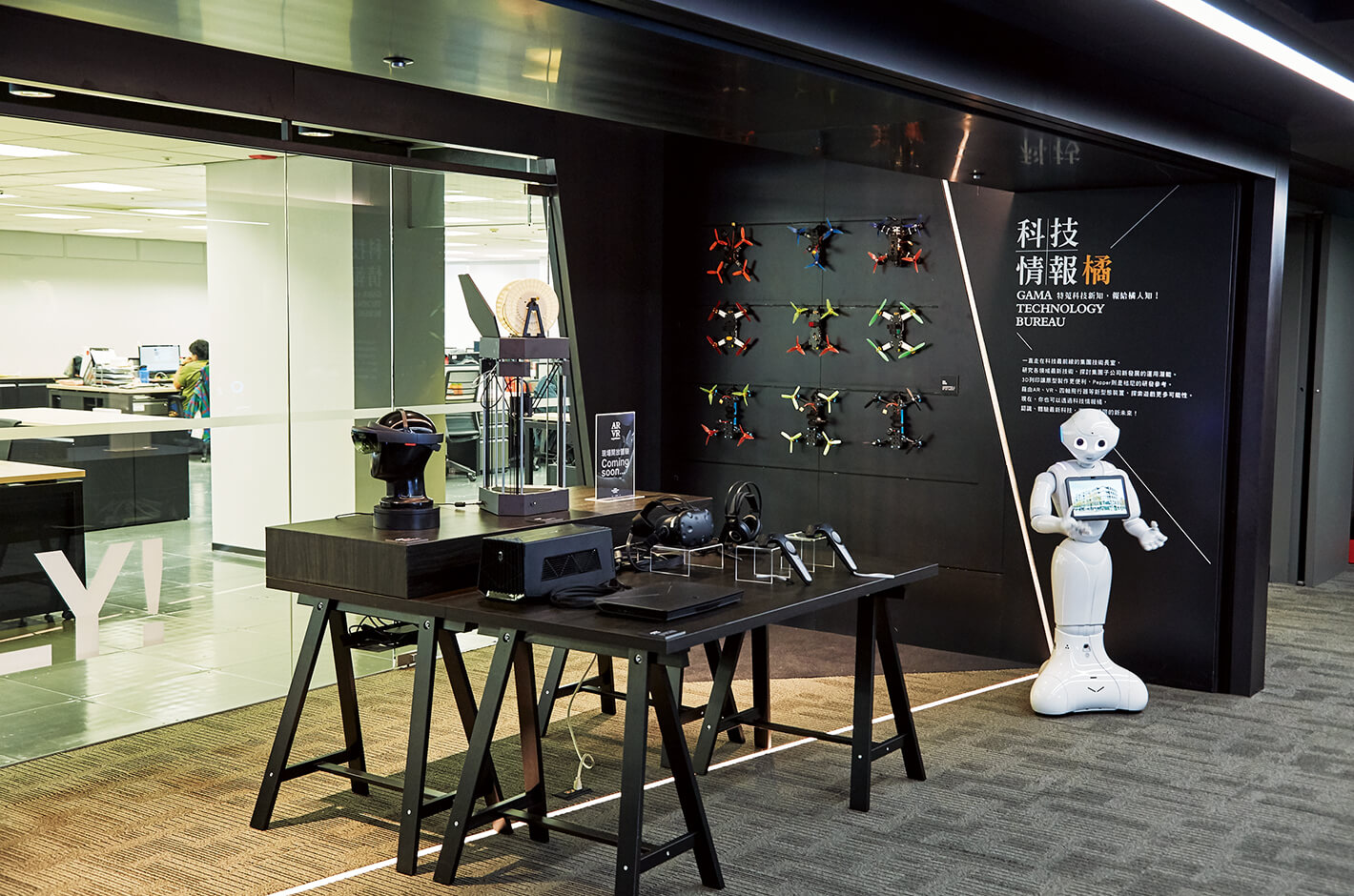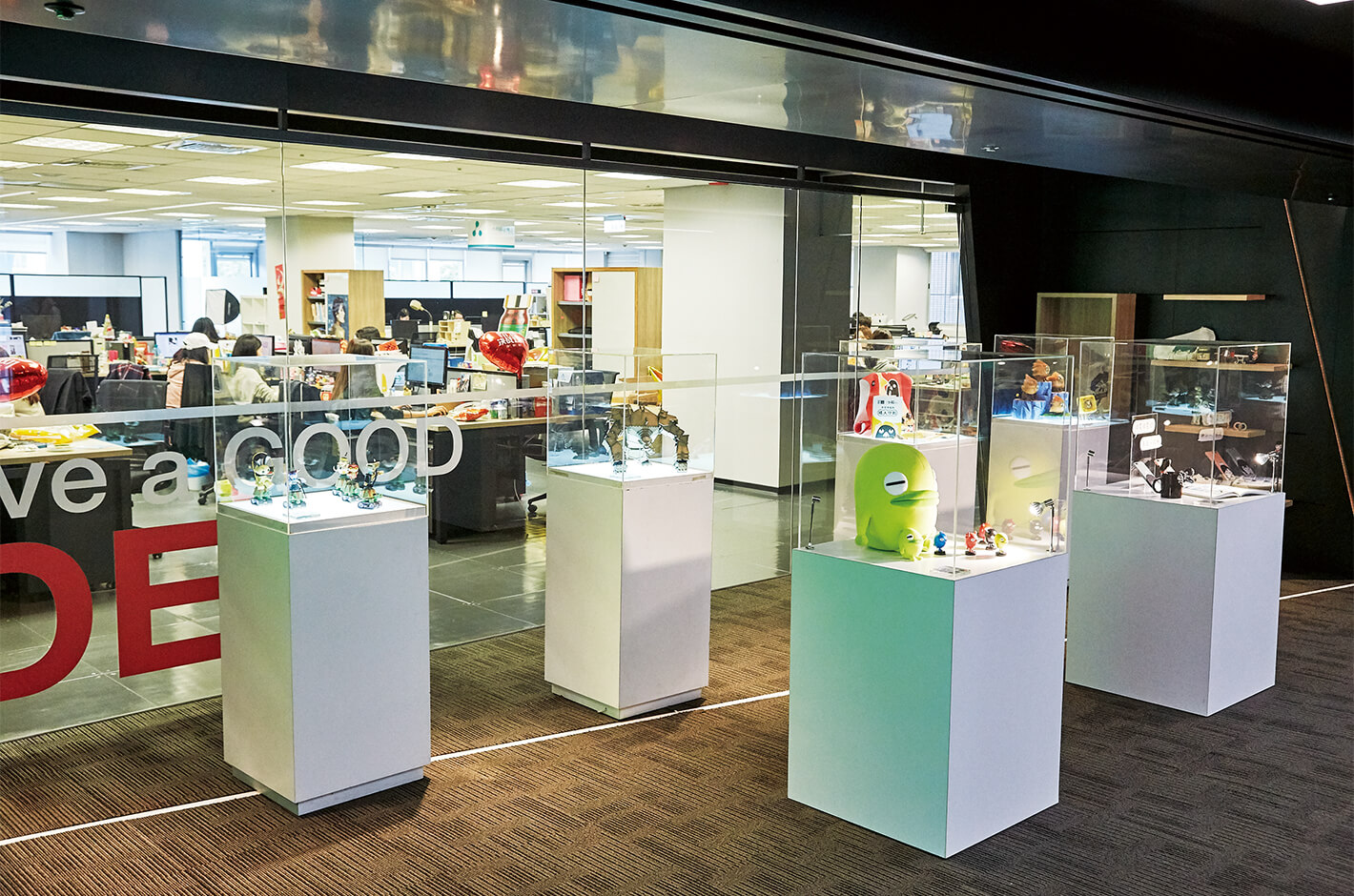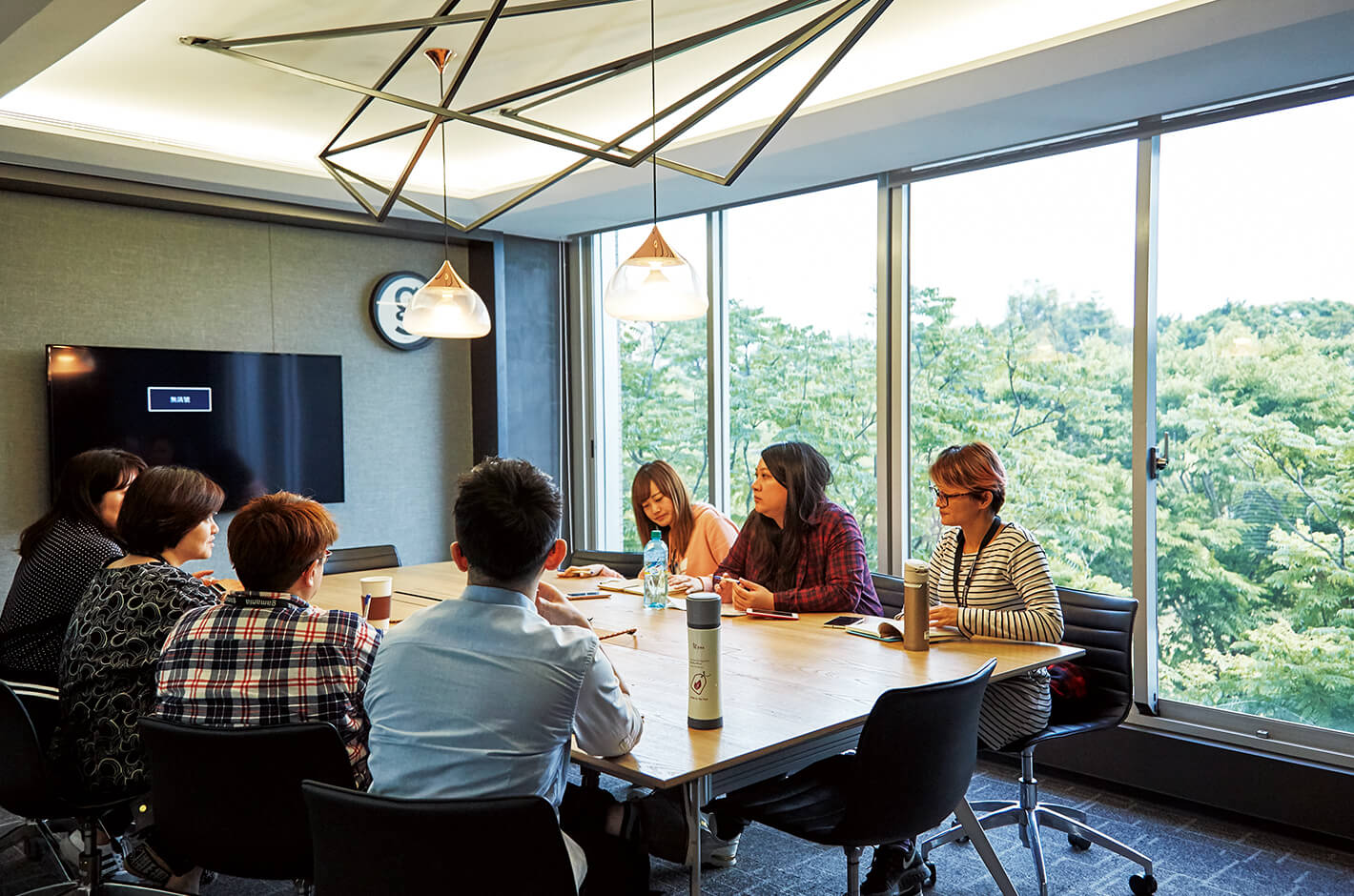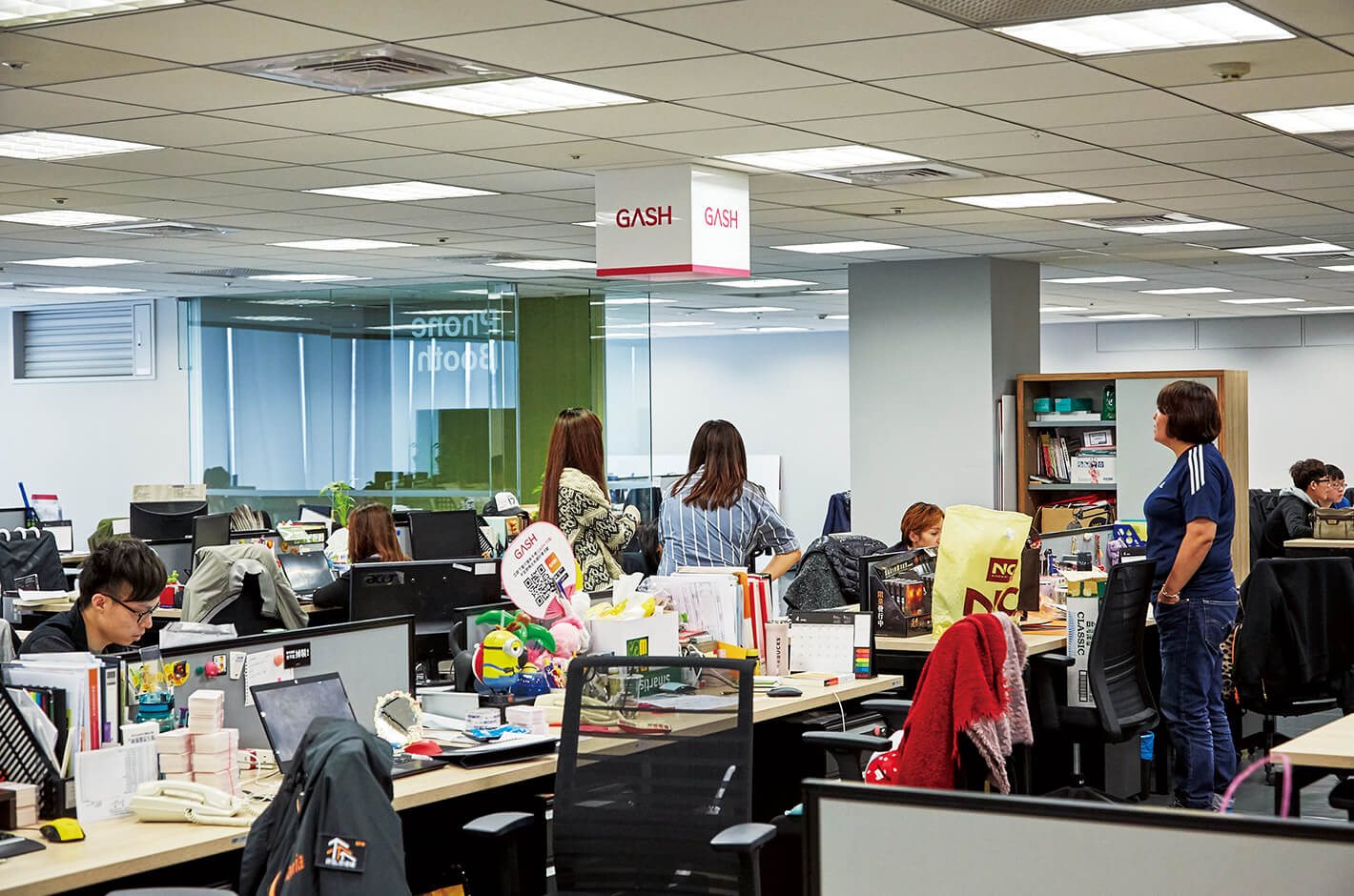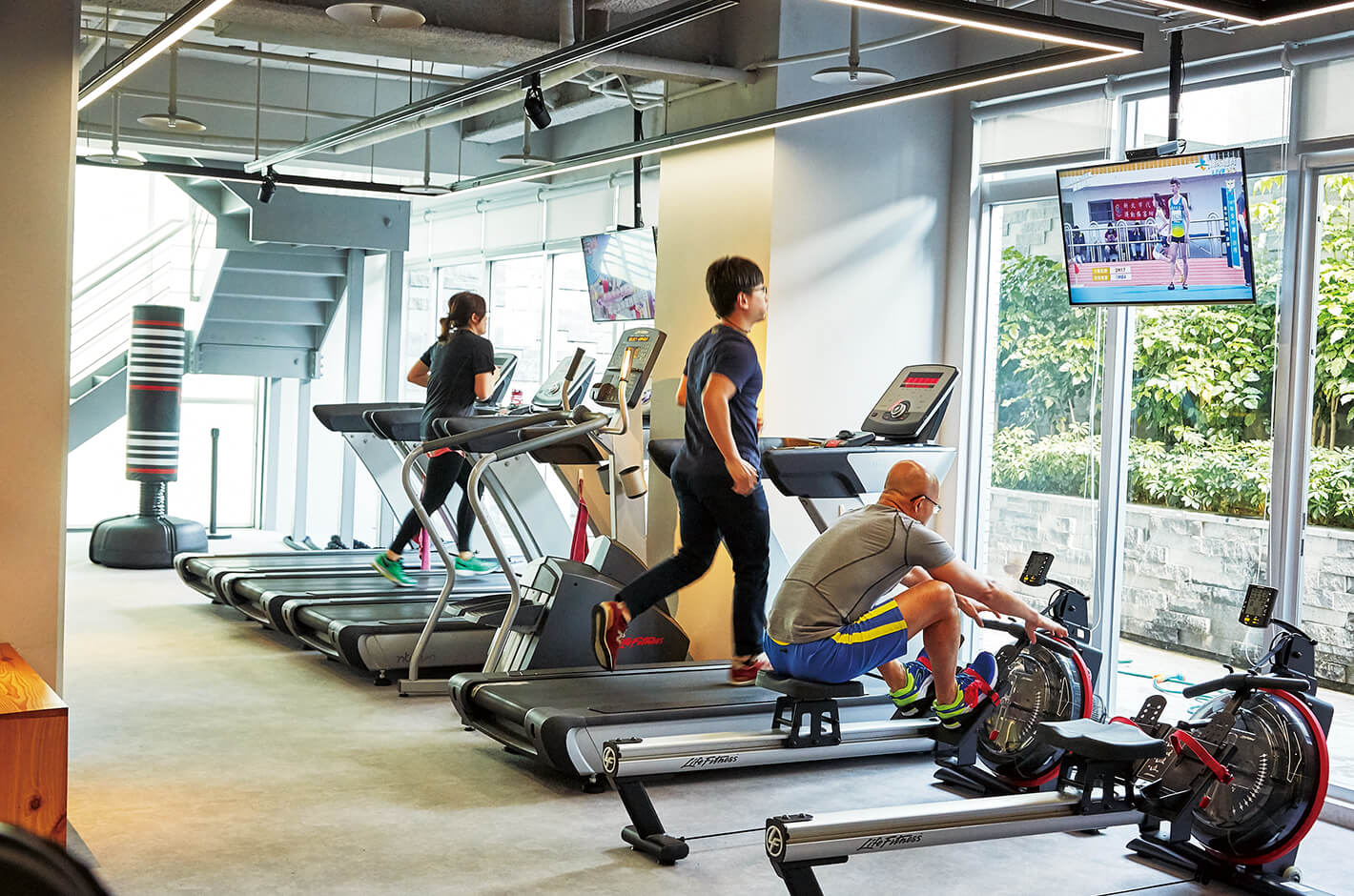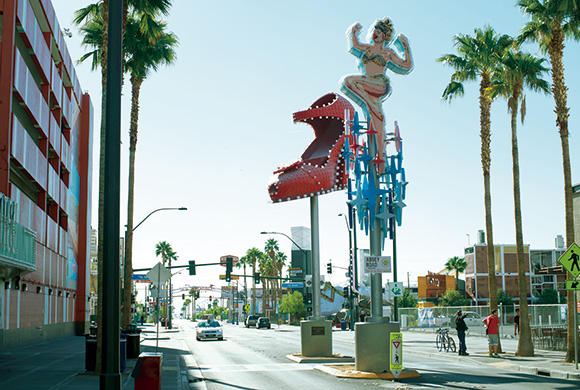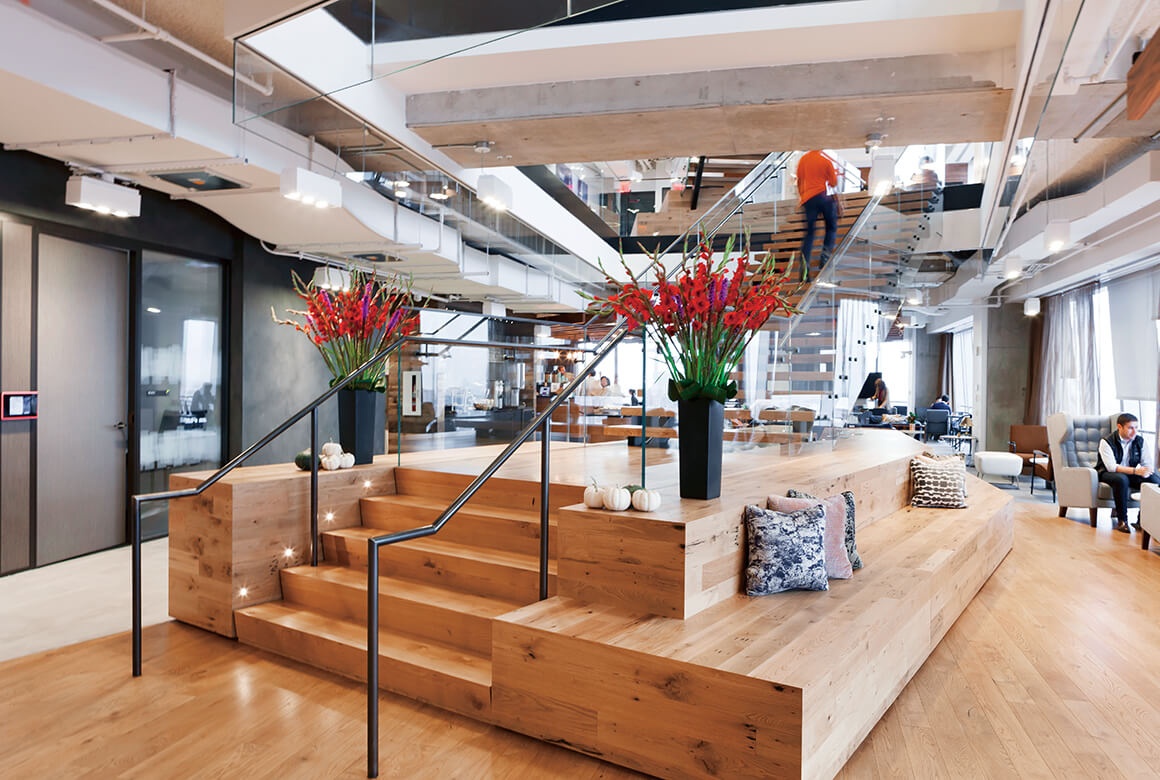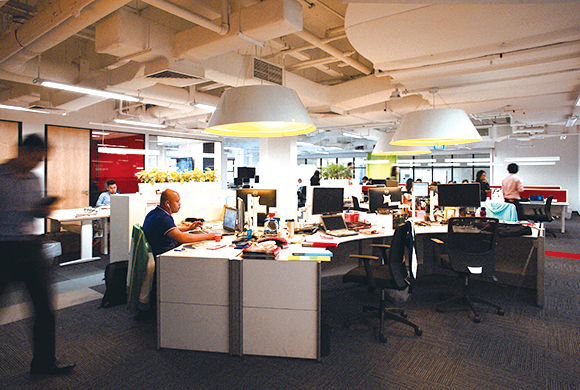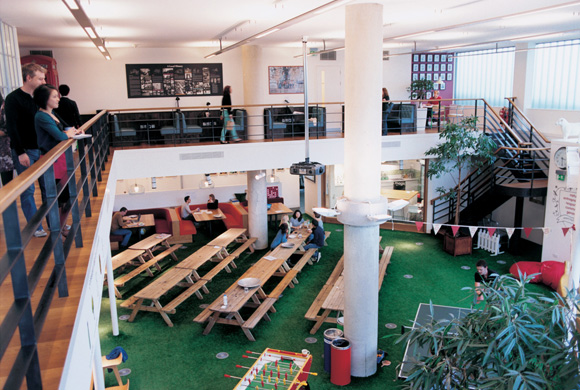Workplace
Aug. 3, 2020
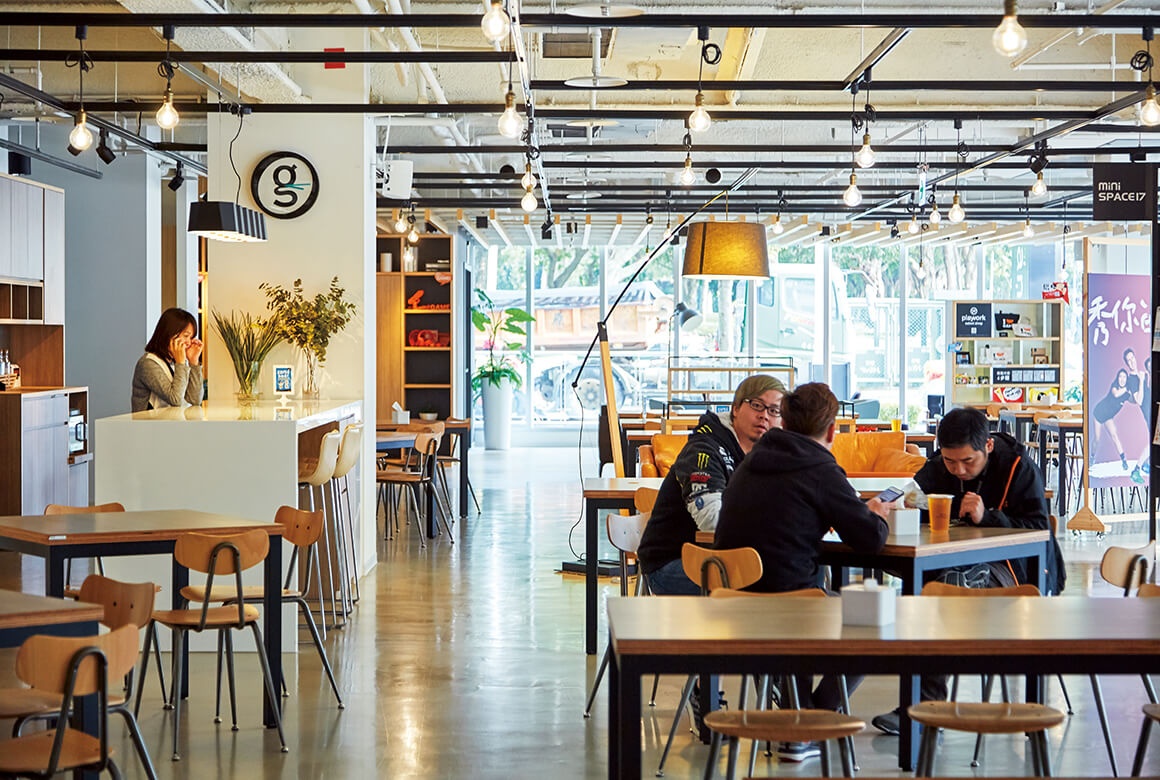
Building the culture of the next generation on the values of FAMILY
[Gamania Group] Taipei, Taiwan
The new headquarters of Gamania Group, Taiwan’s most successful Eco-Internet company, is located in the Silicon Valley of Taipei called the Neihu District. Gamania is a bilingual play on the word “gama,” which means “mandarin orange” in Mandarin Chinese; the office is full of orange-themed tricks scattered around the office, demonstrating a playfulness fitting for a gaming company.
In addition to games, the company aims to become a comprehensive internet operation that includes electronic payments, online shopping, and media and digital solutions. The group’s subsidiaries have grown to a total of 15, and they’ve built a huge ecosystem by incorporating many of companies they’ve invested in.
Launching the new headquarters two years ago in the new building was a way to house all the subsidiaries under one roof, supercharging the Gamania brand and creating new company values by collaborating with the individual companies within. That the group’s branding department was tasked with organizing the new offices is one indicator of the company’s enthusiasm for in-house cross pollination.
At first glance it appears that all the different companies are simply placed together in one large open space, but that’s a strategic move: the first floor is designed without walls so employees can easily meet one another. Walled-off companies would act as barriers for collaboration, so taking the walls down was a material and visible way to encourage the subsidiaries to collectively work as a team. There are no walls for individual offices or managerial roles throughout the office, so “whether a project requires two employees or 200, they can easily work together,” explains branding director Eric, Binhliang Chen.
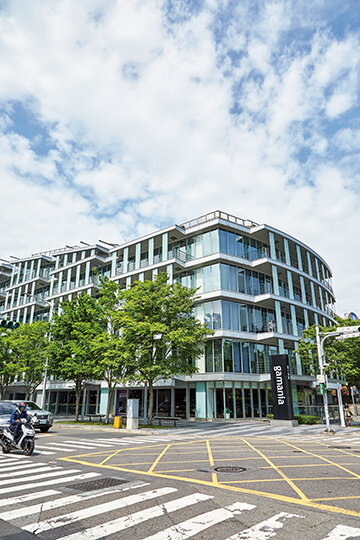
Formerly the headquarters of Lion Travel, Taiwan’s leading travel agency, the entire building is now occupied by Gamania. Just outside is a large park where employees can get some fresh air or exercise.
Simply uniting the space architecturally does not guarantee collaboration. For example, e-payment businesses have a reputation for being more buttoned- up. To make everyone feel they have a place in the overall company culture, Gamania proposed the idea of FAMILY: an acronym for Fun, Adventure, Mind-inspiring, Innovation, Laurel, and Youth. The idea being, rather than creating a bunch of corporate rules that feel stifling, the new headquarters are meant to encourage each company to operate based on a common culture and value system.
As an example, in the manufacturing industry, making products under a established set of rules is considered best practice for mass production. The rules come first. In the gaming world, it’s people first, rules follow. Gamania’s biggest asset is without a doubt its people, and its top priority is to encourage their employees’ creativity. As Taiwan’s first gaming company welcomes its 23rd year, they are well aware of this fact.
Chen explains, “Rules bind employees. So does dictating how they use their time. A typical company will have rules that say, ‘it’s time to work. You can’t do anything else.’ But we are different. People can do what they want, when they want. You can work for as long as you want, or you can go to the gym. Our motto is ‘work hard, play hard.’ Although you can’t just play hard,” he adds, laughing.
The space includes areas designed to that stimulate the imagination, like Mini Space 17 that hosts regular exhibitions, lectures, and an event called “UnderLine” where start- ups host seminars. The company also helps fund employee groups, like the wine club or the yoga club. The vacation policy offers another insight into company culture. There’s no cap on vacation days: employees are given leeway to give themselves time off. The thinking is, standardized corporate policy where employees earn more time off as they vest more time employed by the company makes no sense. Time off should rather be determined by what is most efficient. Employees should take advantage of vacation days when they want, as long as they’ve completed their work goals.
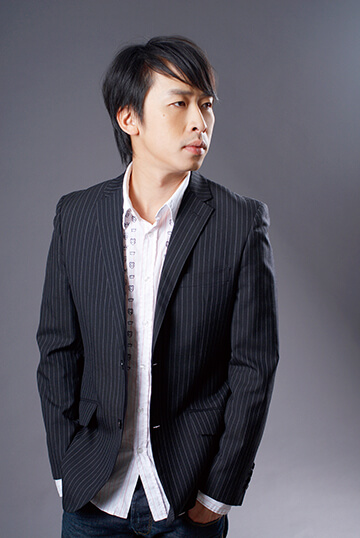
Eric, Binhliang Chen Branding Director Gamania Group
At Gamania, employees can take a “grand tour” vacation, a chance for people to take on a personal challenge. “We urge our employees to go on adventures, like a trip around all of Taiwan, or a visit to Tibet,” Chen says. The duration is up to a month, and crazy enough, once the trip is approved, the company’s private foundation will sponsor it. Employees then submit a report to headquarters after the adventure. In one case, the brand department accompanied the employee, cameras in tow, and published highlights of the adventure in the company newsletter.
The lines between private life and career, play and work, are a little hard to define at Gamania, a rarity in Taiwan and unique to the company. “Before we started our company, there was no game industry in Taiwan. A new company requires new culture,” explains Chen. Of course, the move to the new headquarters required delicate change management, and moving from central Taipei to the suburbs came at a cost. Many of the younger employees didn’t want a long commute, and it goes without saying that losing talented employees for a move that was supposed to be for their benefit would be counterproductive. To help employees transition, the company initially ran a shuttle bus from the old location to the new. They also created an online site that included a view of the new building exterior, surrounding lunch spots, and new office interiors to familiarize employees with the new headquarters ahead of time. They spent several hundred Taiwanese dollars to create an office prototype to address the needs of the subsidiaries.
“Meticulous operations and communications are essential in changing company culture,” Chen stresses. “To transform something from A to B requires discussion. This particular transformation called for the help of an architectural design firm, so we had seven firms present to us, but we couldn’t find one that could meet our needs 100%. So we changed our thought process and decided to step in ourselves and serve as the bridge. In other words, we positioned ourselves between the subsidiaries and the architects, and helped integrate the two. If we want to preserve our company’s culture, simply having someone fill an order is not going to work. What is important is the process, and the prototyping of the co-creation.”
Consultancy for Work Style: Gamania Brand Center
Interior Design: L & L Interiors
Architect:LKP Architecture
text:Yoshie Kaneko
photo:Kazuhiro Shiraishi
From WORKSIGHT 14(2019.1)
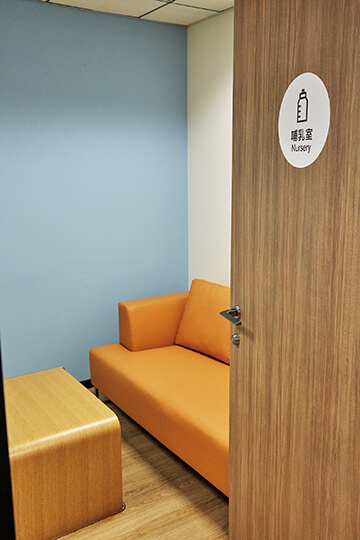 The nursing room. A day-care center is also nearby to support employees with children.
The nursing room. A day-care center is also nearby to support employees with children.
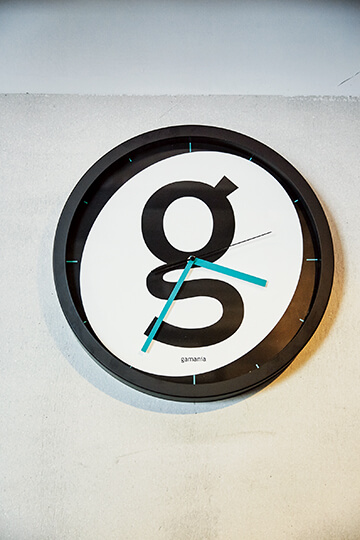 Everything down to the office fixtures are designed in-house, including this company- designed wall clock.
Everything down to the office fixtures are designed in-house, including this company- designed wall clock.


